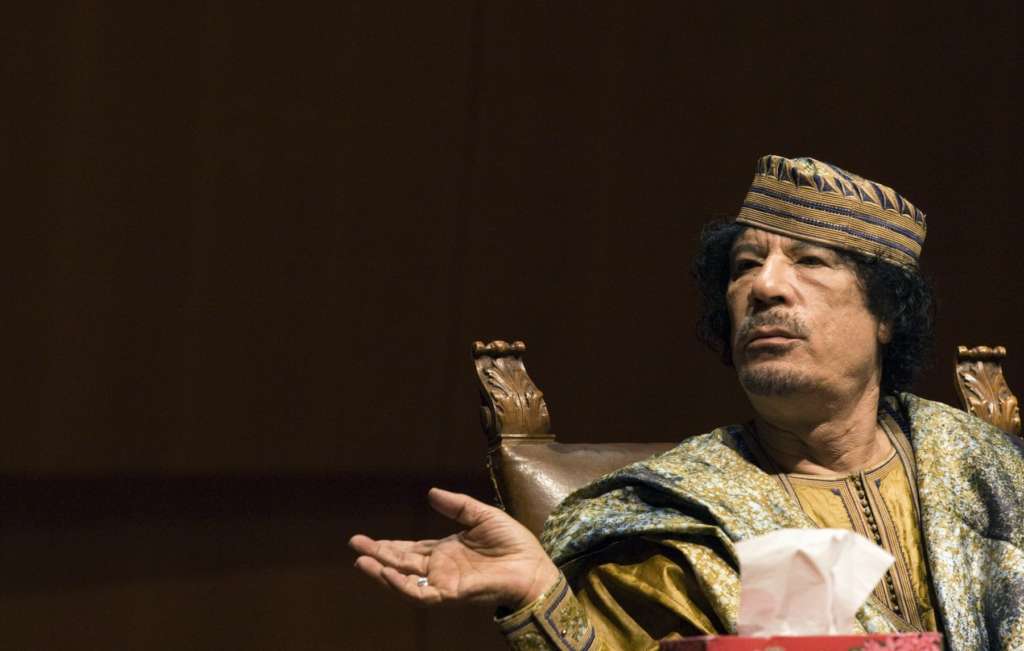Benghazi-After five years of torture, Colonel Nasr set for the first time on a couch to tell his visitors about his experience in prisons, obscure rooms, sickness, and death with dozens of his colleagues, who were arrested in Sirte after the murder of Muammar Gaddafi.
He is one of the officers who survived NATO’s strikes on Gaddafi’s forces in Sirte in October 2011. He has also escaped from Ansar al-Sharia group that backs ISIS in Benghazi. Now, he lives in one of the city’s suburbs where people have tried to convince him to resume his duties in the army to force ISIS out of Benghazi.
In cooperation with NATO, leaders of the armed uprising arrested thousands of the old regime’s supporters including the Prime Minister Al-Baghdadi Al-Mahmoudi, Intelligence Chief Abdullah al-Senussi, and two of Gaddafi’s sons. All of them have disappeared in militia prisons or have escaped from the country.
After NATO’s concentrated attacks on Tripoli, Gaddafi left the capital in August 2011 and headed to Sirte trying to defend his collapsed state. Colonel Nasr was a member of the military group that defended the last strongholds.
After Gaddafi’s death, militants moved his body along with captives and injured people to Misrata. Colonel Nasr was imprisoned for more than nine months. Then, he was captured by ISIS and remained until he succeeded to escape Benghazi toward another area controlled by the Libyan army.
Colonel Nasr and many of his colleagues were moved dozens of times between different prisons and cities. The last time, prisoners were taken to a prison in the Qanfouda area of Benghazi. Tt was composed of a number of villas and the region witnessed heavy clashes between extremist groups and the army forces.
Then, Colonel Nasr started to think about escaping after months of suffering, sickness, and many deaths among other prisoners. He was placed in the same room with 37 other men and things were getting worse. Food was gradually disappearing and inmates were not allowed to see the light.
One day, following an air raid launched by the Libyan forces, Colonel Nasr took advantage of the destruction and losses among militants, and left the villa where he was imprisoned. He was wounded and bleeding, but he didn’t hesitate to run away. He arrived to the beach of Benghazi and walked for long distances until he reached a cousin’s house.
A security official says that many of the men taken captive in 2011 remain till this day in the prisons of the extremist militias in Benghazi, Misrata, and Tripoli and that most of the old regime leaders have been placed in Al-Hadaba prison in the capital. He adds that many others have succeeded in escaping from militias; some have preferred to hide while others returned to the army to combat extremist groups.
The official reveals that more investigations are needed to determine the number of people who were killed for working with the old regime. He also notes that many tribal initiatives have sought to release captives who worked with the Libyan police and army.
